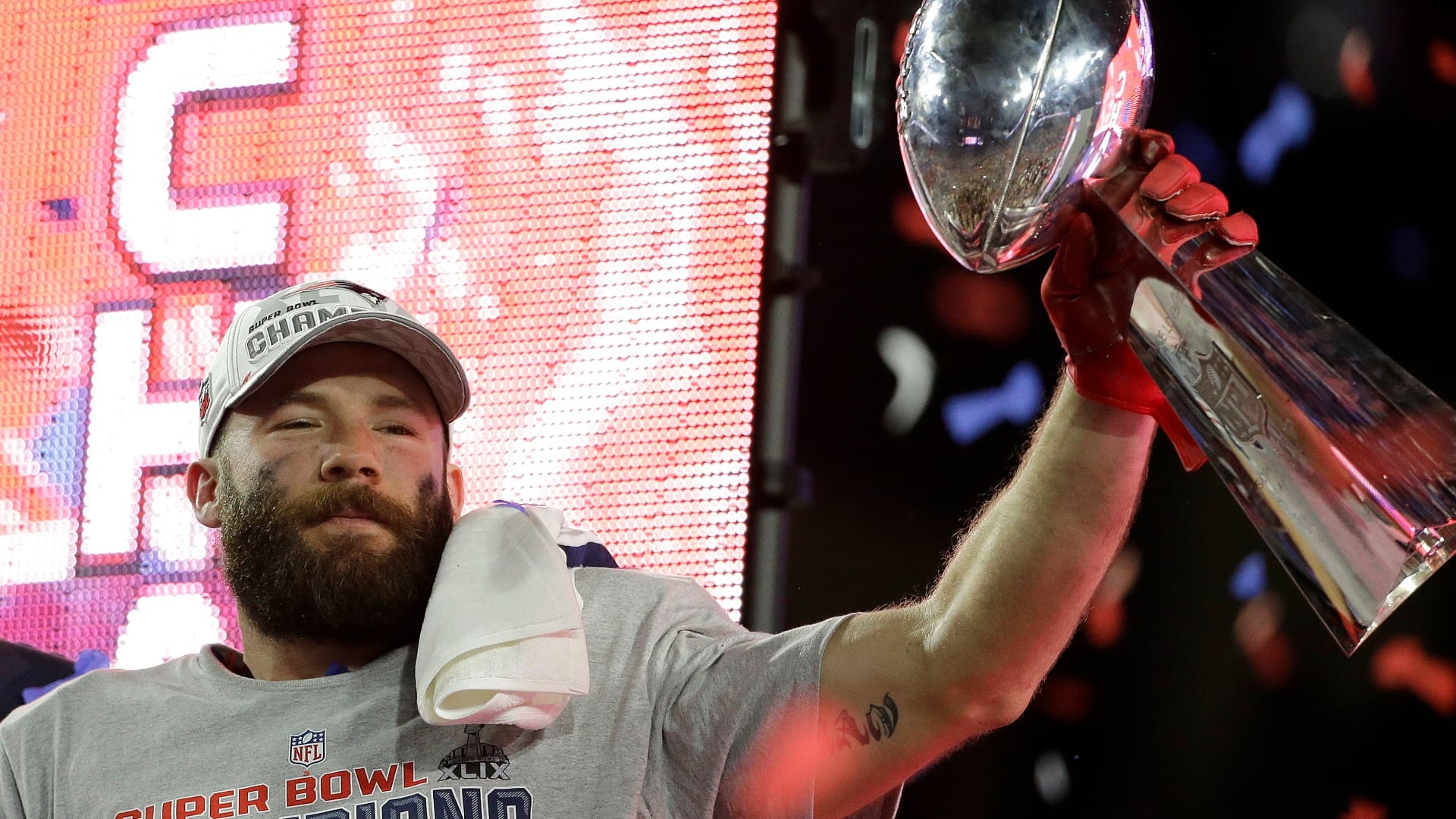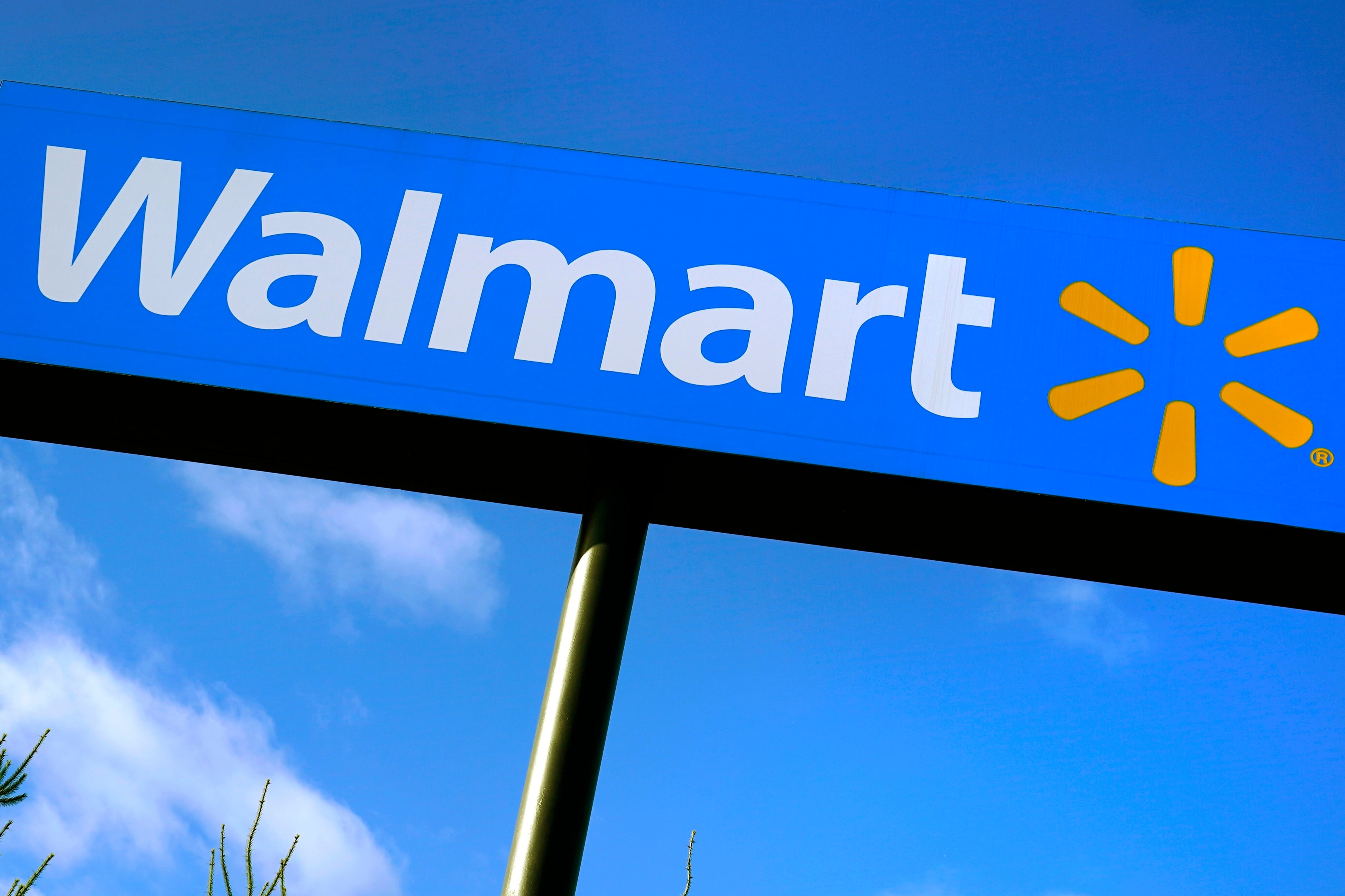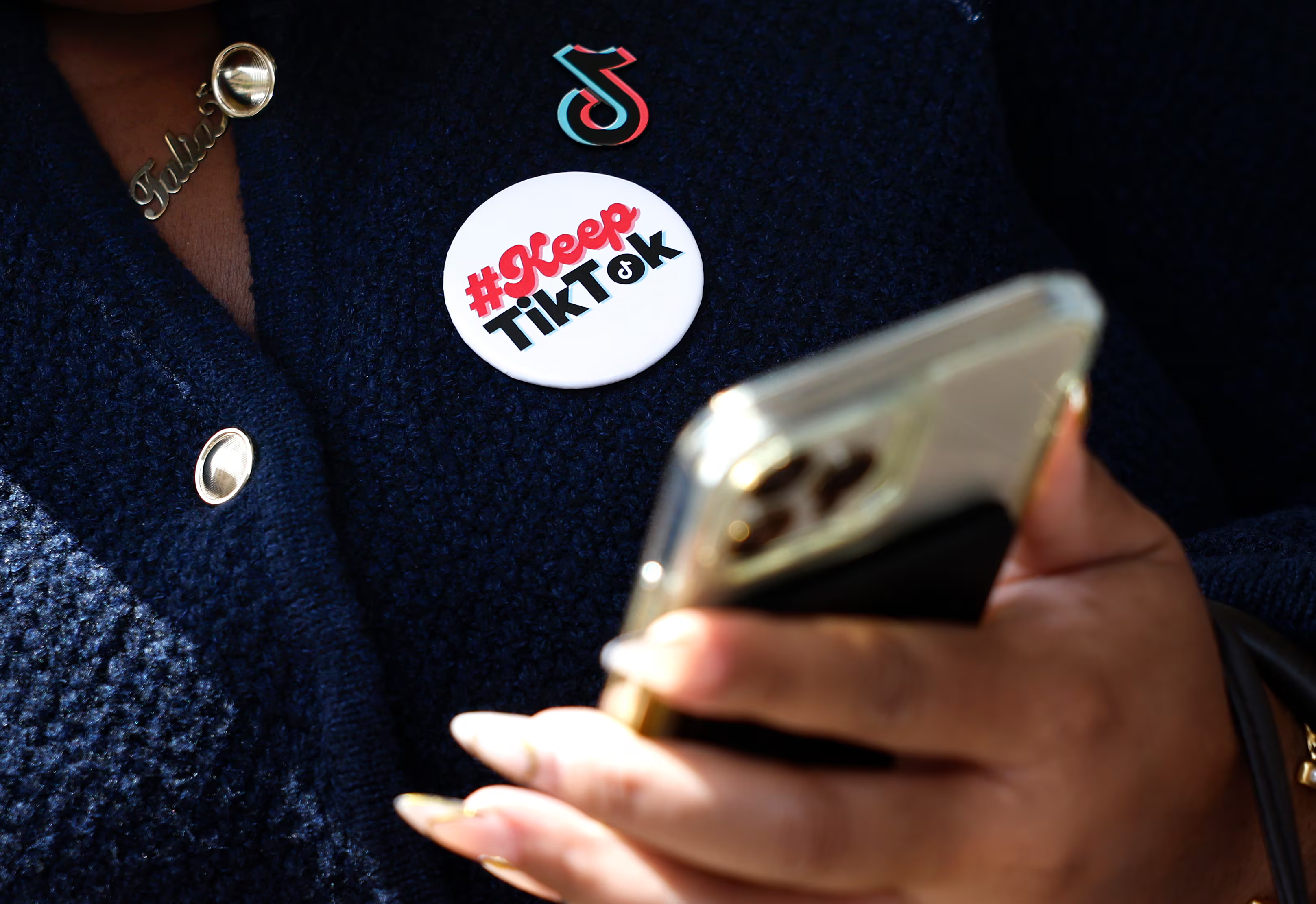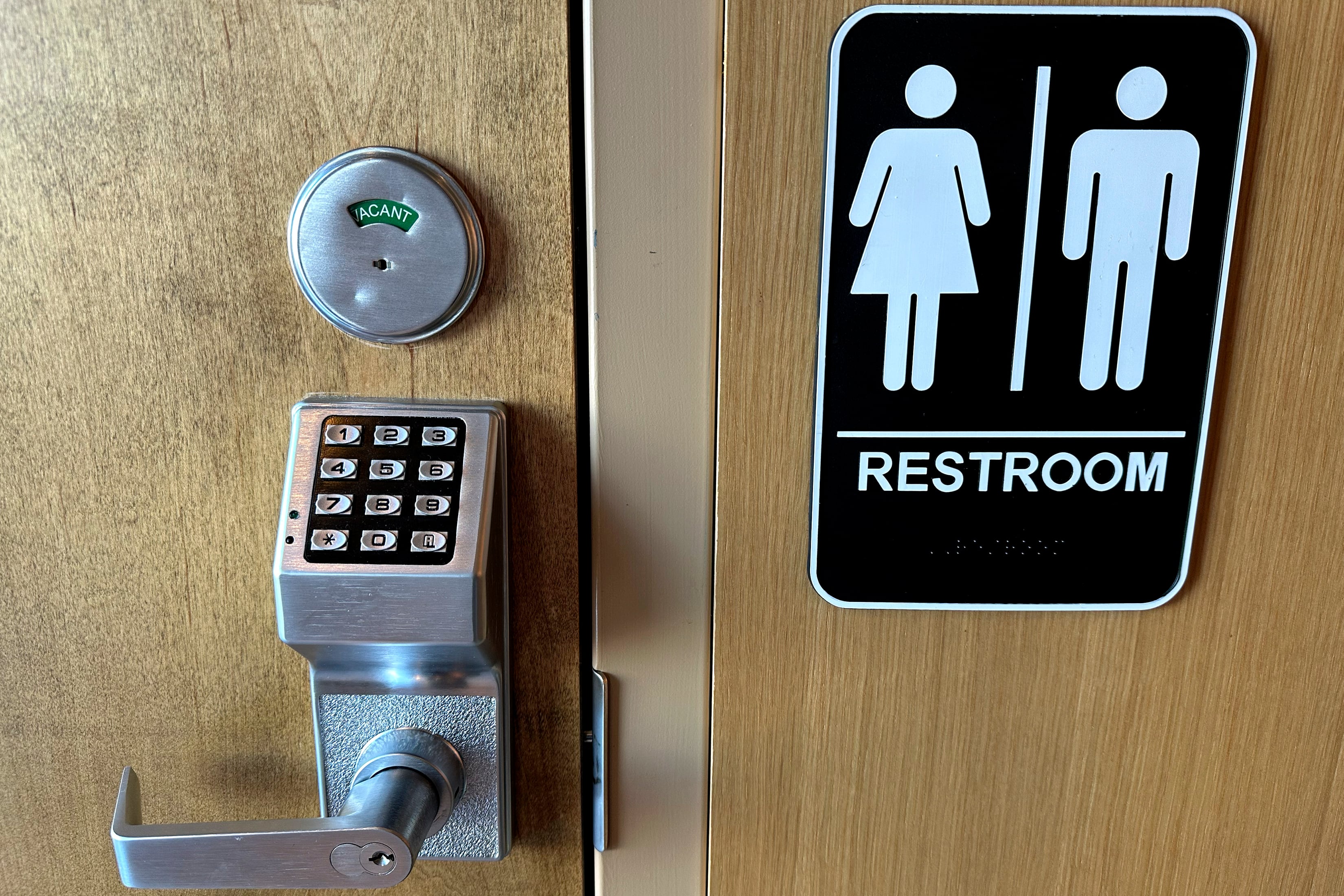*By Carlo Versano* For many harried New Yorkers, the perfect Starbucks experience is getting in, caffeinated, and out. Starbucks is hoping it can change that. The coffee giant opened its brand new 23,000 square-foot Reserve Roastery on the cusp of Manhattan's Meatpacking District this week ー the fourth of its kind and second in the U.S. Cheddar visited the new location, which takes up most of a city block and has more in common with a hipster coffee shop on steroids than any typical Starbucks ($SBUX) outpost. The New York Roastery includes a cocktail bar, where professional mixologists craft coffee and tea-based libations, two full coffee bars featuring different brewing methods, an attached bakery, and ー true to its name ー a roaster, with a giant wooden cask for storing beans. For Starbucks, the roastery concept represents an attempt to move into a more premium, experiential segment of the market as its same-store sales lag and its flagship Frappucino brand is spurned by more health-conscious consumers. Former CEO Howard Schultz was [reportedly](https://www.fool.com/investing/2018/12/14/what-starbucks-ny-roastery-is-really-brewing.aspx) enamored with the high-end concept, since it draws higher check totals than average Starbucks transactions. On Thursday, the eve of the Roastery's grand opening, Starbucks reported earnings and announced several other changes meant to fend off slowing growth. For one, the company will expand its delivery pilot to a quarter of its U.S. stores in the coming months through a partnership with UberEats ーmeant to appeal to those who don't already visit a Starbucks. It did not indicate which cities would get delivery, or how exactly it would work, though a Chinese delivery pilot has shown success. The menu will expand, too, with Nitro Cold Brew rolling out to every store in the coming year, and new iced drink offerings, which executives see as a growing market. Some of those new drinks will be crafted and tested at the Roastery locations, which act as real-world test labs for the company. Starbucks CEO Kevin Johnson noted in a press release that its successful Draft Nitro, Cold Foam, and Juniper Latte drinks all began as Roastery experiments. To retain the 60 million customers who visit a Starbucks every week, the company announced it was streamlining its operations to give staff more time to interact with customers. Part of that involves moving the cleaning process to the end of the day. The New York Roastery joins 350 Starbucks locations in New York City, including one that was once the company's [largest store](https://news.starbucks.com/facts/starbucks-in-new-york-city-timeline). It intends to expand the premium brand to more large cities in the future.












